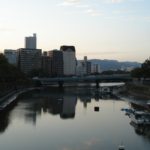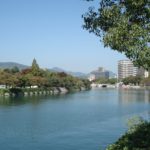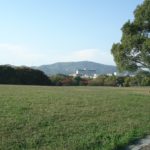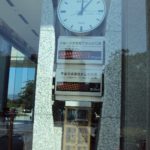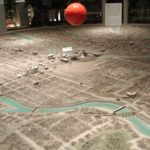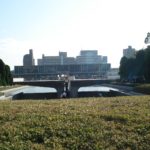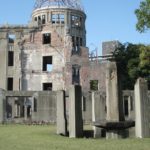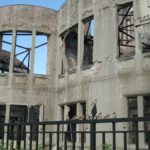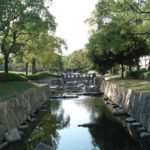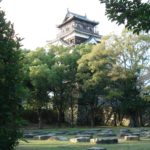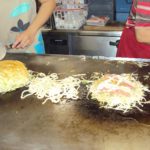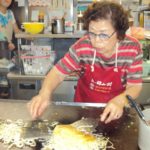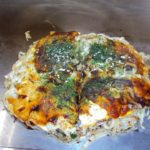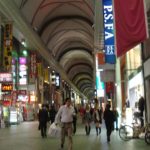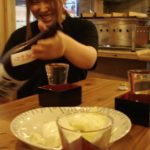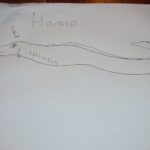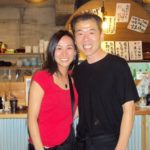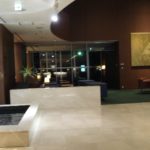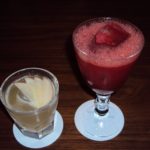One of Japan’s most famous cities, albeit for tragic reasons, Hiroshima has literally risen from the ashes of the atomic bomb that detonated above the city – raining fire on everyone and everything – and been reborn. Very few structures remain from that fateful day, in 1945, but along with the Peace Memorial Museum, they serve as stark reminders of the horrors and devastation that accompany nuclear war.
Suggested duration of stay: It won’t take you long to see the city’s main attractions (1-2 days), but there are nearby day trips that might require you to add an extra day or two (e.g. Itsukushima – a huge “floating” torii gate that most can access on foot, during low tide).
Getting around:
Airport (HIJ) is the closest international airport (63 km away), but shinkansen (bullet trains – 4-5 hrs from Tokyo & 2.5 hrs from Osaka), local trains, or highway buses (~12 hrs overnight from Tokyo) are the most likely ways that you’ll get there. Once you’re in the city, it’s actually quite walkable, if you have the energy and don’t mind covering off a few kilometers (though you may want to take a cab to/from your hotel, if you aren’t travelling light). For those who can’t, there’s an extensive tram/light rail network (not covered by the JR Pass), buses, and sightseeing loop buses, which apparently are included, in the JR Pass.
What I saw:
Hiroshima Peace Memorial Museum & Park – This somber-but-must-see museum details the events surrounding the detonation of an atomic bomb – high above the city centre – on August 6, 1945. Photographs, illustrative models, and survivor stories paint a macabre picture of the immediate aftermath, as well as the horrors of radioactive fallout, in the days, weeks, and years that followed.
- Peace Watch Tower – not only shows the time, but shows how many days since the bomb was dropped on Hiroshima & (under it) the number of days since the last nuclear weapon test was carried out (globally – it resets to zero, when one is carried out).
- Model inside the museum that shows the A bomb hypocentre and the structures that remained standing afterward
- Flame of Peace in the Peace Park, with the Cenotaph and Museum in the background
Atomic Bomb Dome – Formerly an industrial promotion hall, this structure is one of the few that survived the detonation and remain standing (it was actually the closest one to the hypocentre). If you look closely, you can see the shadows of those who stood nearby – permanently etched onto the brick, when the bomb flashed brightly in the sky above.
Hiroshima Castle – I’m going to start off by saying that I didn’t go into the castle because it wasn’t accessible, so this visit was spent mainly around the grounds and admiring the structure from the outside (unlike Osaka Castle, which has an elevator and the interior has been turned into a museum of sorts).
- On route to Hiroshima Castle
- Hiroshima Castle
Okonomimura – A food building with an entire floor (the 2nd, I believe) dedicated to okonomiyaki! Hiroshima has its own take on the dish, by cooking the main ingredients separately and serving them in layers, unlike the Osaka version, which stirs everything together in the batter and grills them up like a massive pancake.
- In Hiroshima, they cook okonomiyaki in layers
- Time to flip everything!
- Okonomiyaki – Hiroshima style!
Hondori Shopping District – A popular covered shopping street, in the centre of the city, where you can find numerous clothing and food shops.
Sake bar – I really wish that I had taken a picture of the exterior, or could remember the name of the place, as this was a fun outing! But after a full day of sightseeing, we decided to check out this little place that was advertised on the tourist map and was within staggering distance of Hiroshima Station. There were only 3 long tables, built for standing, and 2 people working in the place: The owner, who was busy behind the counter – grilling up some skewers – and the server, who was in charge of pouring from huge sake bottles and ensuring that glasses overflow into the “masu” (box), as is custom (were were told that you could either drink from the glass, or just pour everything into the masu and drink from it).
- She pours until it overflows into the “masu” (box)… definitely getting your 380 Yen’s worth!
- having a little something to go with the sake
- We weren’t sure what we were eating, so the chef drew us a pic (…and a good one at that! Hamo = pike eel)
- Posing with the chef/artist/owner of the establishment
Where I stayed:
Oriental Hotel Hiroshima (2009) – It was awhile ago, but I remember that the hotel had a classy lobby and lounge, on the main floor (the bartender made us some beautifully-crafted cocktails), but the accommodations were fairly basic and quite typical (i.e. hard beds, usual outdated bedside console, etc.). The bathroom was separated in 2 rooms, with the toilet flying solo in a narrow room that felt more like a hallway, and the shower/tub/sink was in a larger room with a frosted glass window. The beds were singles and super hard.
Rating: 3.5/5
- Lobby
- Check out the craftsmanship on those fruit slices! It took him 10 mins to do these up (he used a razor blade to cut them 🙂 !
